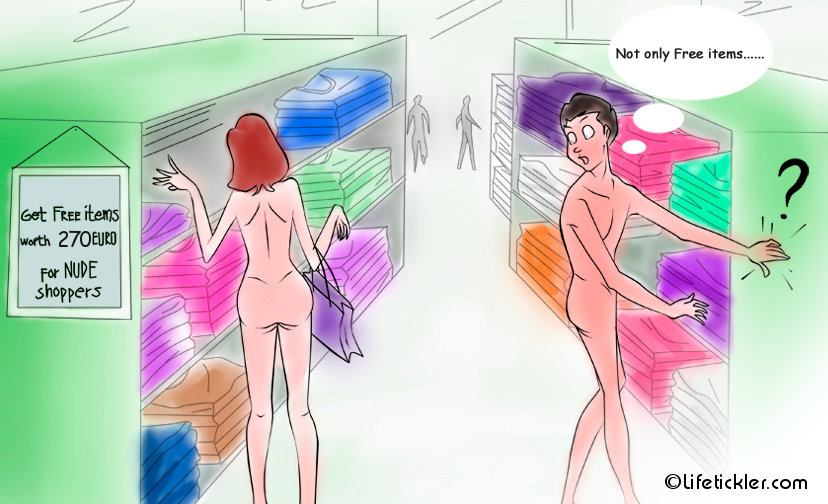In 2010, when Pinterest was yet “InvitationOnly Open Beta”, I took little interest with what to me seemed then again another social media network. It took me about another year to fully appreciate how it could help me as a mom, a writer, an artist, a practicing cook and baker, a businesswoman and a lover of geeky wonders. I stood corrected since it wasn’t like Facebook or Twitter. It is something more. It had that clickeasy means of collecting interests and web curios similar to bookmarking. It might come as a surprise to others that Pinterest is not the first to pitch this concept. In 2005, David Galbraith came up with Wists. It claims to be a bookmarklet for your wishlists linked to commercial sites like Amazon. In 2008, Tumblr enthusiasts and social bookmarkers fell in love with We Heart It. Founded by Brazilbased Fabio Gioloto, We Heart It introduced social imagesharing which made the Pinterest system comprehensible as soon as it was available to a larger audience.
Silbermann PINNED It!
As much as Pinterest amazed the world wide web, so did its founder, Ben Silbermann. Born to a family of physicians, Silbermann was to himself and to others a little more than a frustration. He quit his job and moved to the West to work for Google’s advertising division. Bored, he quit Google and teamed up with his college buddy Paul Sciarra who, at that time, also quit Radius Capital. Together they became Cold Brew Labs. What began in yet another disappointment with their first project Tote, ended in a promising development in the web together with another friend, Evan Sharp. He completed the power of three that created Pinterest. The development began in 2009. In 2010, Pinterest was “Closed Beta”. By this time, the development seemed okay but not okay enough for everyone else to test. However, in as short a time as nine months of public release, Pinterest had 10,000 users. Early in 2012, Pinterest was declared by comScore to have exceeded the 10M mark for unique users with a soaring 11.7M Pinners. Unfortunately for one unnamed magazine publisher in New York whom Silbermann and his cofounders (and gleaming investors) approached in 2010, they turned down a meeting with what is now the third ranking social network.
Pins For Collectors
A collector himself, Silbermann broadened “curation”, a term popular in Silicon Valley. In fact, the concept of “boards” and “pins” came after Silbermann’s knack for collecting bugs (which he happens to love). He not only collected them but pinned them on boards. Rightly so, that everything in the Pinterest office down to passwords has the word “pin” to it. This is the very inspiration that collectors find Pinterest so irresistible. If you simply love pictures of people, places, things, and whatnots, and find it on the web, pin it! Your boards will become a visual space of bookmarks that lead you to the sites and blog.

Pins For Artists
As an artist, you can always use a blog to showcase what you are doing. When you can afford it, you buy a domain and have your own website—or, there is deviantArt, a social network that maintains it motivates and empowers artists (since 2000) And then there’s Pinterest with a little less restrictions compared to deviantArt. For an artist who wants to reach a broader audience, there are certain matters to consider. deviantArt, unlike Pinterest, is not available in Spanish and Portuguese. To sign up for deviantArt you have to be at least 13 years old and you must be invited by an existing deviantArtist. Considering the demographics, the numbers for Pinterest look promising. This is not to put deviantArt down but if you want a web presence, you might as well Pin it to win it!
Pins For The Entrepreneur
USA alone has 1,500 top brands but only 1/3 of that scale are on Pinterest with a small following of a little more than 100. This is because they still haven’t figured out how to maximize their Pinning. In contrast, a small ecommerce website, Etsy has found its way to the boards of Pinners. 15 Like deviantArt, Etsy is a venue for crafts. Here, you can buy or sell personal crafts, vintage crafts, and materials. There is no comparison between Pinterest and Etsy because they happen to work well together. According to Alison Feldman, EditorinChief of Pinterest for Business, they maintain a careful balance of Etsy items with other contents in Pinterest. Their goal is not merely to sell but to inspire as well—a vision shared by Pinterest.
Pins For The MultiTasker
Nineteen percent of web users that use Pinterest are women while 5% is of the opposite sex. This is according to Pew Research Center’s Internet & American Life Project survey in US. Eighty percent of the actual Pinners are women. Regardless of gender, when they find themselves in Pinterest, the goal is usually to find inspiration. The top most Pinteresting categories include Crafts, Hobbies/Leisure and Interior Design, which both men and women share some curiosity for. A Multitasker can find innovative recipes, DoitYourself guides, health tips, pegs for photography, makeups, events management, and many more.
Pins For Everybody, If You Ask Me…

Secret Boards: Three slots where you can sort your secret pinsUnlike before, you no longer need to be invited and you can definitely be 13 years or younger to Pin. Of course, for as long as you are capable. Check the drop down menu and you can find most of what you need that may include links to what you are looking for. The best part about Pinterest is that you can leave it Pinned to your board and get back to it when you have more time to read through. Plus, you are given a free advantage of filtering your pins with your board organization not to mention the Secret Boards that you can keep from public view, which are very handy for planning a surprise gift or party. If you are not into that, you most definitely need to look at the Humor or other amazing categories. Wanna try? Start by Pinning this article and see what happens next!

